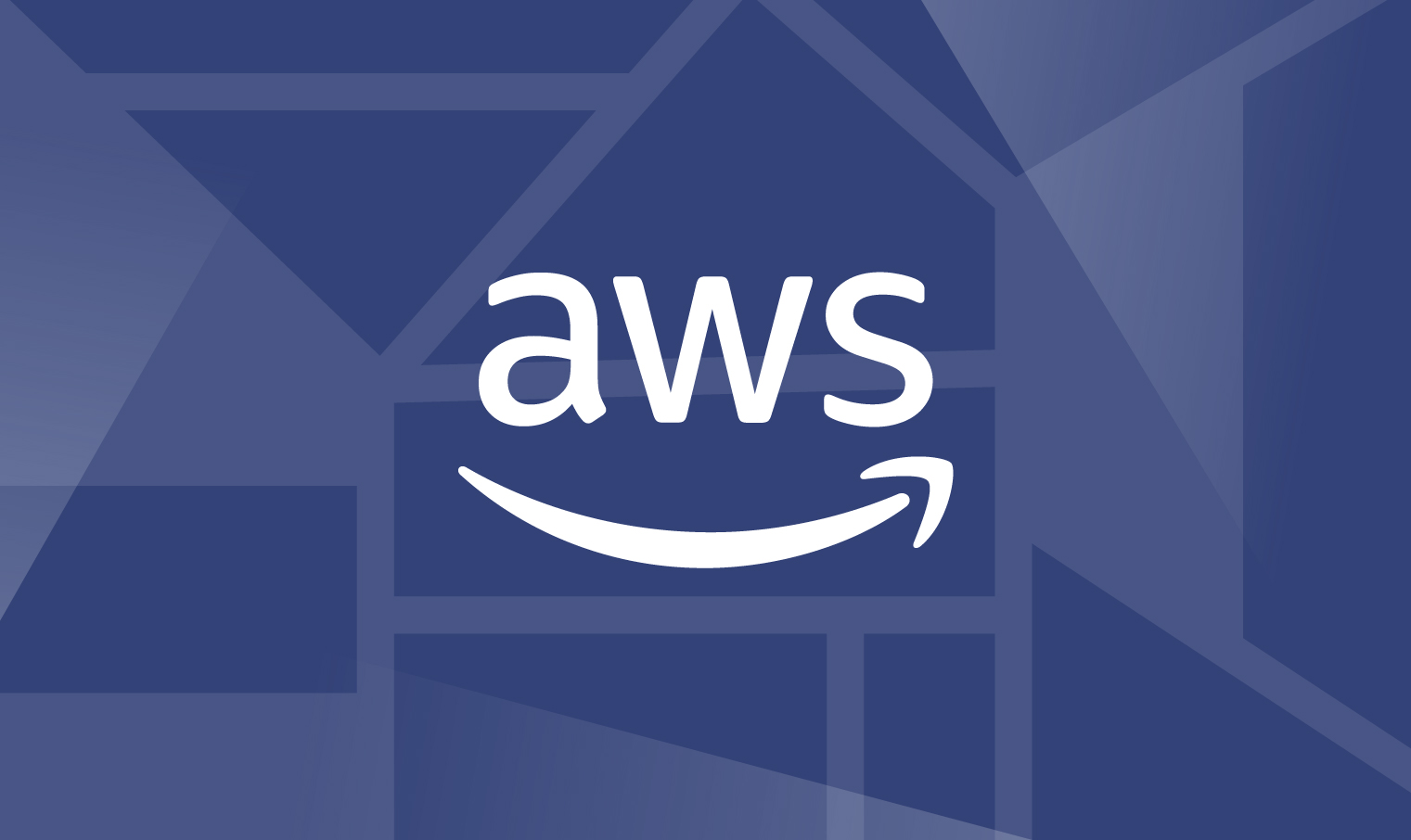Generative AI is not just a feature anymore – it’s a product-defining layer. But for CTOs trying to move fast without over-architecting or overspending, the AWS ecosystem can feel like both a playground and a labyrinth.
With Bedrock, SageMaker, Lambda, ECS, and EKS all supporting GenAI use cases in different ways, the question becomes: What should we use, when?
This guide breaks down the real-world scenarios where specific AWS tools shine for GenAI applications, helping technical leaders make smarter infra decisions, faster.
Environment: Toolset Overview
Amazon Bedrock: For teams needing quick access to foundation models (e.g. Anthropic, Cohere, Meta) Amazon SageMaker: For full MLOps pipelines and custom model training/inference
Amazon EC2 with DLAMI: For fine-tuning open-source LLMs on dedicated infrastructure
Amazon EKS: For containerized LLM serving at scale with Kubernetes
Amazon Glue: for ETL operations to refine data through data pipelines / stages
Amazon Opensearch: search indexes and vector embedding data store, rapid retrieval of data
AWS Lambda: For lightweight GenAI tasks with event-based triggers and backend APIs (e.g. prompt parsing)
Amazon ECS: For managed container workflows without the overhead of EKS
Amazon Step Functions: For orchestration across pre/post-processing, moderation, or hybrid agent frameworks
Amazon S3 + EFS: For persistent storage of prompts, model artefacts, and embeddings
What to Use and When
1. Rapid Prototyping with Foundation Models
Use: Amazon Bedrock
Why: Zero infra setup, access to leading commercial models, fast time-to-value.
When: You want to test new user experiences or integrate GenAI quickly without needing to train or fine-tune.
2. Custom Fine-Tuning of LLMs
Use: EC2 + SageMaker (or EKS for advanced teams)
Why: Full control over model weights, architecture, and tuning data.
When: You need model behavior tailored to proprietary datasets or operate in a regulated space.
3. Real-Time LLM Serving in Production
Use: EKS or ECS
Why: Enables multi-model routing, autoscaling, and service mesh integrations.
When: You’re deploying GenAI into core user flows and need uptime, observability, and control.
4. Lightweight GenAI Ops (Pre/Post Processing)
Use: AWS Lambda + Step Functions
Why: Serverless workflows reduce cost and complexity for agent orchestration or contextual handling.
When: You’re triggering GenAI tasks off user actions or events (e.g., chat summarisation, webhook analysis).
5. Enterprise-Grade MLOps Lifecycle
Use: SageMaker
Why: Supports end-to-end model development, hosting, monitoring, and retraining.
When: You want to productionize your ML/GenAI workflows with CI/CD, drift detection, and feature stores.
Lessons Learned
Bedrock is your friend for speed, but it’s not ideal for teams that need deep control or multi-hop workflows. SageMaker shines when you want reproducibility, governance, and scale without building everything yourself. Lambda + Step Functions is criminally underused for low-latency GenAI agents and augmentation flows. EKS/ECS needs infra maturity – great for scaling, but can be overkill for early-stage MVPs.
Where VeUP Comes In
CTOs are making big decisions fast, and the wrong infra setup can cost months and millions. We built the VeUP Build (MDO) program for this exact reason:
* Design GenAI architecture that scales (without lock-in)
* Stand up secure, production-ready LLM workflows
Book a free 1:1 session with our engineering leads. We’ll map out your stack, recommend optimizations, and help you choose the right tools for where you are – and where you’re going.

